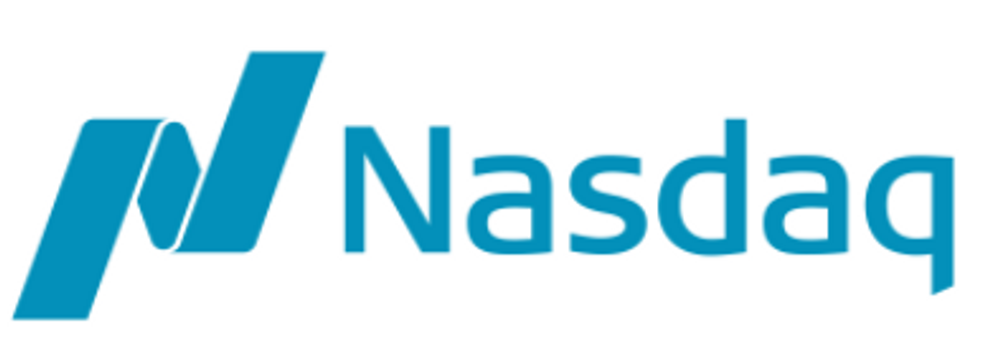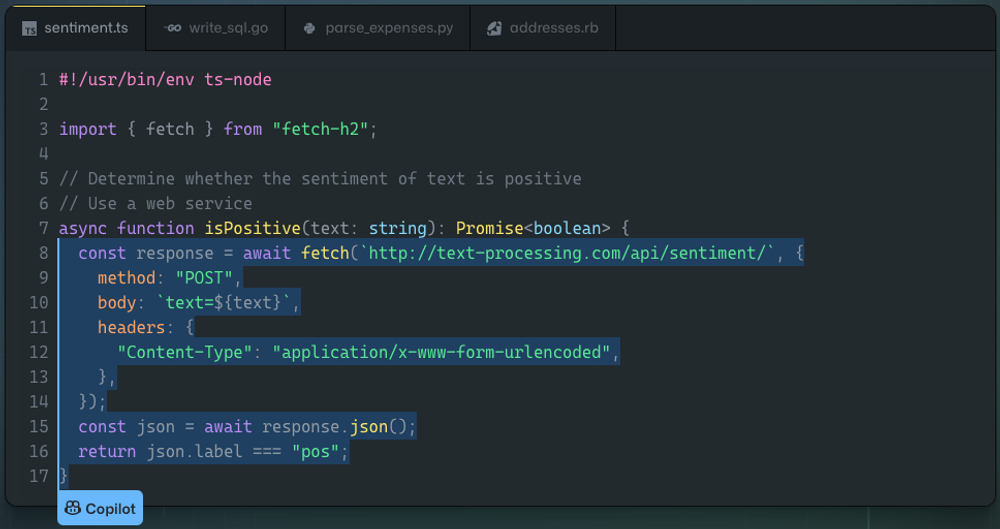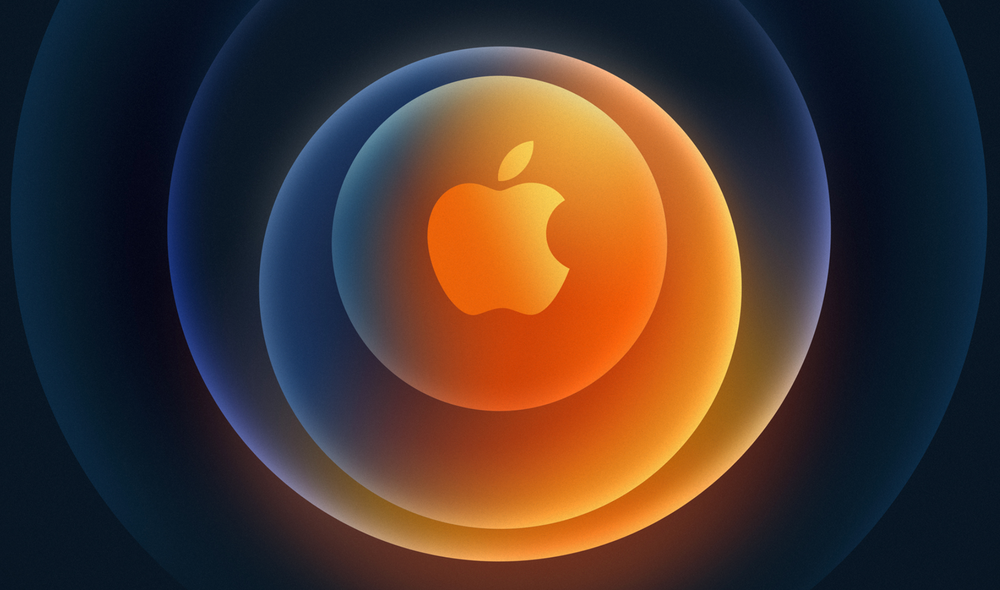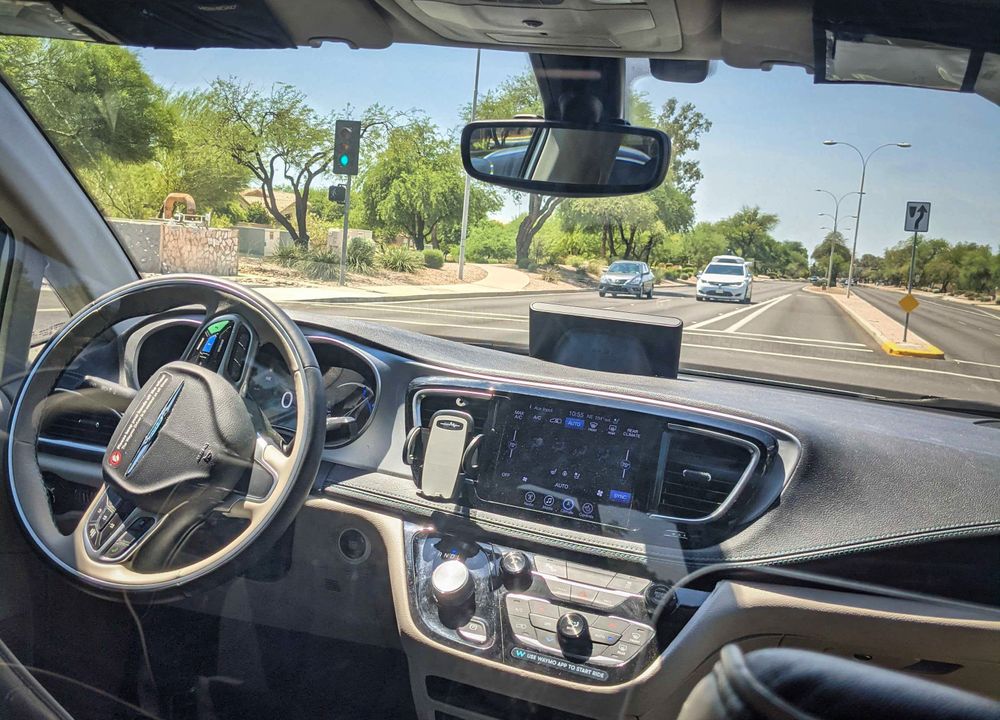|
Happy Wednesday. If you’re in one of the many regions of the world experiencing intense heat, we hope you’re staying cool and drinking some water.
In today’s edition:
 Drone delivery Drone delivery
 Code generation Code generation
🛍 Shopping tech
—Ryan Duffy, Hayden Field, Dan McCarthy
|
|
|
Zipline
|
This morning, SF-based Zipline announced a $250 million financing round, bringing the drone delivery company’s valuation to $2.75 billion.
As far as commercial drone operators go, Zipline leads the pack in real-world deliveries and exited the pre-product phase years ago. Founded in 2014, Zipline built its first on-demand drone delivery network in Rwanda two years later.
Now, Zipline operates nine distribution centers globally that cover a population of 25 million. By the end of the year, Zipline CEO Keller Rinaudo told us, the company will be operating 17 distribution centers covering a population of 40 million.
- Each distribution center operates 24/7 and does hundreds of deliveries a day.
- Zipline’s drones are autonomous. They can fly 300km on a single charge.
- The company says it has flown ten million autonomous miles cumulatively and has completed 150,000 commercial deliveries.
- In Africa, the company is active in Rwanda, Ghana, and in the process of expanding to Nigeria. In the States, it is flying in North Carolina and building a distribution center in Arkansas. Zipline also recently said it will provide drone logistic services to Toyota in Japan.
We sat down with Rinaudo to discuss Zipline’s expansion plans, their airdropping Covid vaccines, and more. Click here for the full convo, and read on for some highlights.
On delivery cadence
“Hospitals will do 2–5 deliveries a day; primary care facilities will do 2–5 a week. Something like that. It’s not like they’re ordering something once a month. Some facilities are getting many, many deliveries a day. Imagine how you would use teleportation...that’s how these systems use Zipline.”
On the challenge of logistics tech
“This mission that we’re focused on is a hell of a lot harder than what most technology companies are working on. At this point, 25 million people depend on us with their lives and the lives of their kids. That will be 40 million by the end of the year. That’s a huge responsibility and everyone here takes it very seriously.”
On the importance of precedent
“I think the vast majority of companies out there are trying to get the FAA to approve something sort of sight-unseen. That’s going to be really hard.
“It’s really helpful when Zipline can say: ‘Well, here’s hundreds of thousands of hours of safe flight data, with the technology operating at a multinational scale.’ In a way that’s directly saved a huge number of lives, where there's been zero human safety incidents.”
Click here to read the full story.—RD
|
|
|
Github Copilot
|
If you’re a software developer who’s used to flying solo, GitHub has some news: Get ready to welcome AI into the coding cockpit.
Yesterday, the Microsoft-owned code repository and software platform announced GitHub Copilot, a tool created in partnership with Microsoft partner OpenAI that can make suggestions as programmers write code in real time. It’s built atop OpenAI Codex, an AI model that learned from billions of lines of code.
-
The system—a “descendant” of GPT-3, per OpenAI CTO Greg Brockman—is billed as being much better at code generation than GPT-3 because it’s trained on significantly more code.
How it works: The tool analyzes your previous lines of code to suggest new code, and even functions, that developers can then accept or ignore. The current version works best with languages like Python, JavaScript, TypeScript, Ruby, and Go.
Besides training GitHub Copilot on lines of code, OpenAI also trained it on natural language—which is why it’s framed as helpful for coding beginners, too. There isn’t much detail yet on the natural language Copilot was trained on, but if you describe a task in English, for instance, Copilot may be able to convert it into code.
Looking ahead: Reactions on Twitter ranged from “genuinely game-changing,” memes about programmers building tools to replace themselves, praise about speeding up tedious parts of the process, and skepticism that Copilot isn’t much more than autocomplete in disguise.—HF
|
|
|
|
What if your favorite restaurant never asked for feedback? It may miss a critical opportunity for improvement—or leave your mouth feeling like a salt mine. Without feedback there is no growth. The same applies when considering your organization’s board.
Luckily, the key to making your board stronger and more aligned is the whole reason we’re chatting with you now. With board evaluations, you can turn feedback into action.
But why conduct board evaluations? Honestly, you asking that makes our job so much easier:
- Corporate governance requires adapting to a variety of complexities—we’re talking crises, social justice events, and more
- With access to the right tools—and white-glove support from the right people—your board can more adequately face internal and external pressures
Nasdaq has even been so kind as to create a helpful board evaluations guide that will have you on the way to governance excellence. It’s basically a how-to for unlocking your board’s full potential.
Get the guide right here.
|
|
|
Finally, a generational divide to rival tattoos in the workplace: whether or not new-fangled tech is helpful when it comes to shopping.
According to a recent Morning Brew-Harris Poll survey about retail tech, baby boomers are both far less likely to have used tools like QR codes or augmented reality while shopping, and less interested in using them in the future.
- The survey is representative of US adults and was fielded June 11–13.
Past...For every tech except self-checkout, which was rolled out before many Gen Z respondents were even born, boomers are last in terms of adoption by a significant margin:
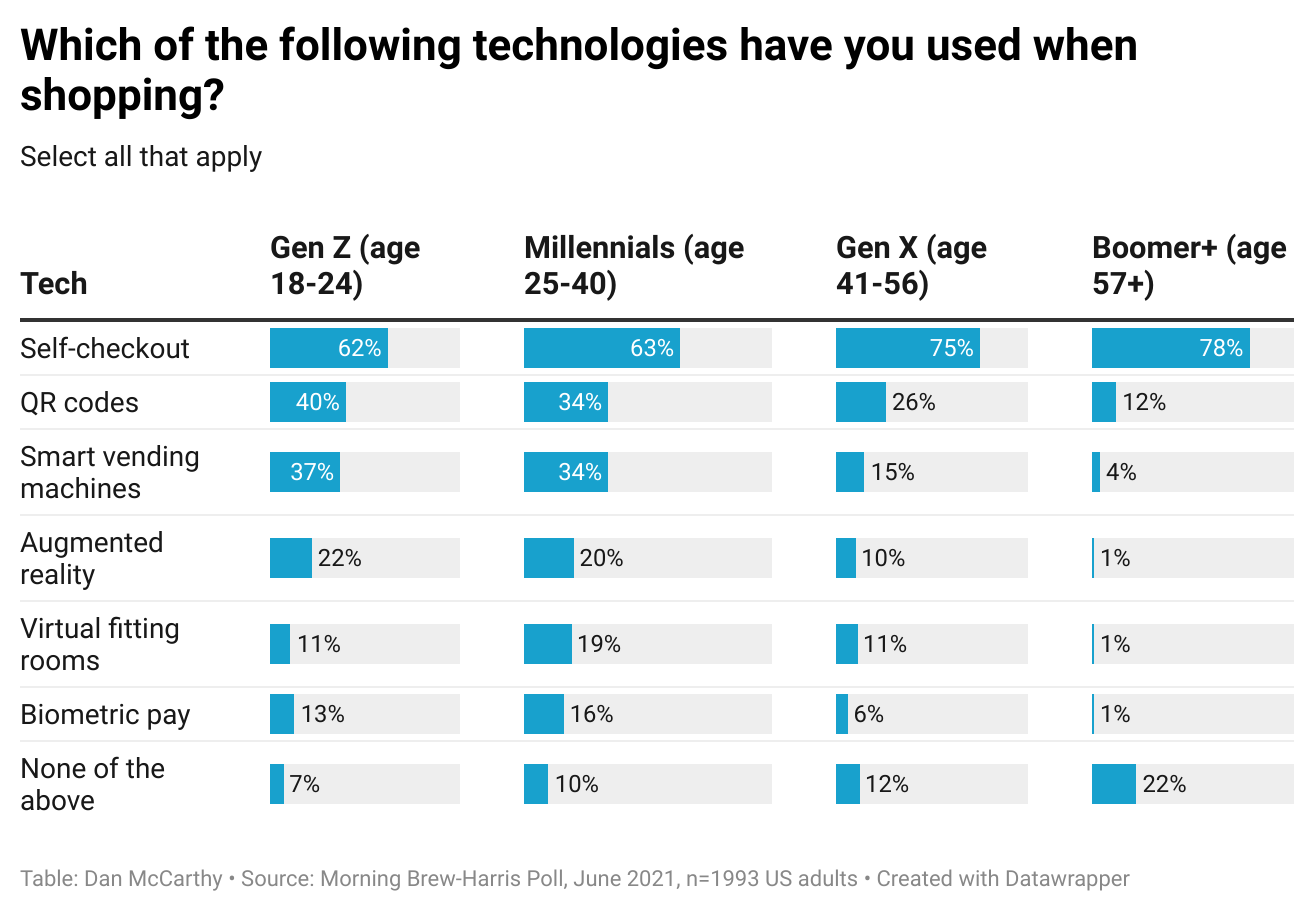
Dan McCarthy
Future...27% of boomers want less technology integrated into their shopping experience, and just 13% want more. Nearly half (46%) are fine with the way it is, and 14% said ¯\_(ツ)_/¯.
- By way of comparison, 40% of zoomers (aka “Gen Zers”), 47% of millennials, and 32% of Gen Xers want more tech.
- But it feels like a good chunk of each generation is at a goldilocks point, with 33% of Gen Zers, 28% of millennials, and 40% of Gen Xers saying shopping tech is good as is.
Bottom line: Directionally speaking, these figures aren’t surprising. But they demonstrate the gulf between older and younger people when it comes to using emerging tech in daily life.
+1: For more updates on the retail landscape, click here to sign up for Retail Brew.—DM
|
|
SPONSORED BY WEBEX BY CISCO
|
|
Full speed ahead with hybrid work. Nobody knows more about high-powered performance than McLaren, which is why they use Webex for virtual, real-time communication. Whether they’re meeting across the globe, communicating from the track, or hosting virtual events, the Webex Suite powers the McLaren F1 team—and it can do the same for yours. Get to hybrid work with Webex here.
|
|
|
Apple
|
Stat: Apple is pacing to spend ~$300 million on Google Cloud (GCP) this year, according to The Information. It’d be a 50% annual leap. GCP employees have resorted to calling Apple “Bigfoot” because of its outsized cloud bills.
Quote: “What’s striking is the number of people going to work directly for tech companies from the agencies. That reflects a real change.”—William Kovacic, former FTC chairman, on Big Tech ramping up legal teams
Read: The US broadband gap is, in part, fueled by a new form of redlining.
Curious about crypto? Try eToro. Their social trading platform makes it easy to learn about the industry, experiment with a Virtual Portfolio, and even copy the moves of top-performing traders automatically. Buy $1,000 worth of crypto and get an extra $50 right here.*
*This is sponsored advertising content
|
|
-
Wing, Alphabet’s drone unit, released OpenSky. The consumer-facing, Google Maps-powered app tells users where they can and cannot fly a drone, and also lets pilots apply for FAA airspace authorization.
-
Federal agencies use facial recognition from private vendors—with virtually no tracking or accountability process in place, per a Government Accountability Office (GAO) report.
-
Zoom’s latest acquisition could bring real-time translation to video calls.
-
SpaceX’s Starlink internet service now has nearly 70,000 users.
-
Virgin Orbit livestreamed a rocket launch for the first time.
|
|
|
With GitHub and OpenAI releasing a tool that can autocomplete lines of code, let’s test your knowledge of programming. Click here to take the quiz.
|
|
|
Ryan Duffy
|
This is Ryan coming to you live from Tempe and Chandler, AZ, where Waymo One, Alphabet's fully autonomous ride-hailing service, is operational. Here's what I’ve learned so far (and here it is in Twitter thread form, with more visuals):
- Driverless vans are really bad at small talk.
- From my anecdata over the last 20 hours, Waymo One's fares are roughly ~10% more expensive than Uber and Lyft’s quotes for the same rides.
- Biggest surprise: The vans are very capable of making unprotected left turns on busy three-lane roads. So far, the only noticeable stumbling block is low speeds in busy parking lots.
- When the vans' shifts end, they all return to a warehouse/operations hub. They line up by the dozens in rows, sleep, and (we can only presume) dream of Level 5 autonomy.
We'll publish more extensive reporting in the coming weeks, covering the full experience, how locals feel about the vans, and more. Stay tuned.
|
|
|
Catch up on the top Emerging Tech Brew stories from the past few editions:
|
|
|
Enjoying the newsletter? Share it with your network to take advantage of our rewards program.
When you reach 3 referrals, you'll be invited to Monthly Exclusive Events with our co-founder Alex and the biggest names in business.

Hit the button below to learn more and access your rewards hub.
Click to ShareOr copy & paste your referral link to others:
morningbrew.com/emerging-tech/r/?kid=303a04a9
|
|
|
✤ A Note From eToro
eToro USA LLC; Investments are subject to market risk, including the possible loss of principal.
|
|
|



